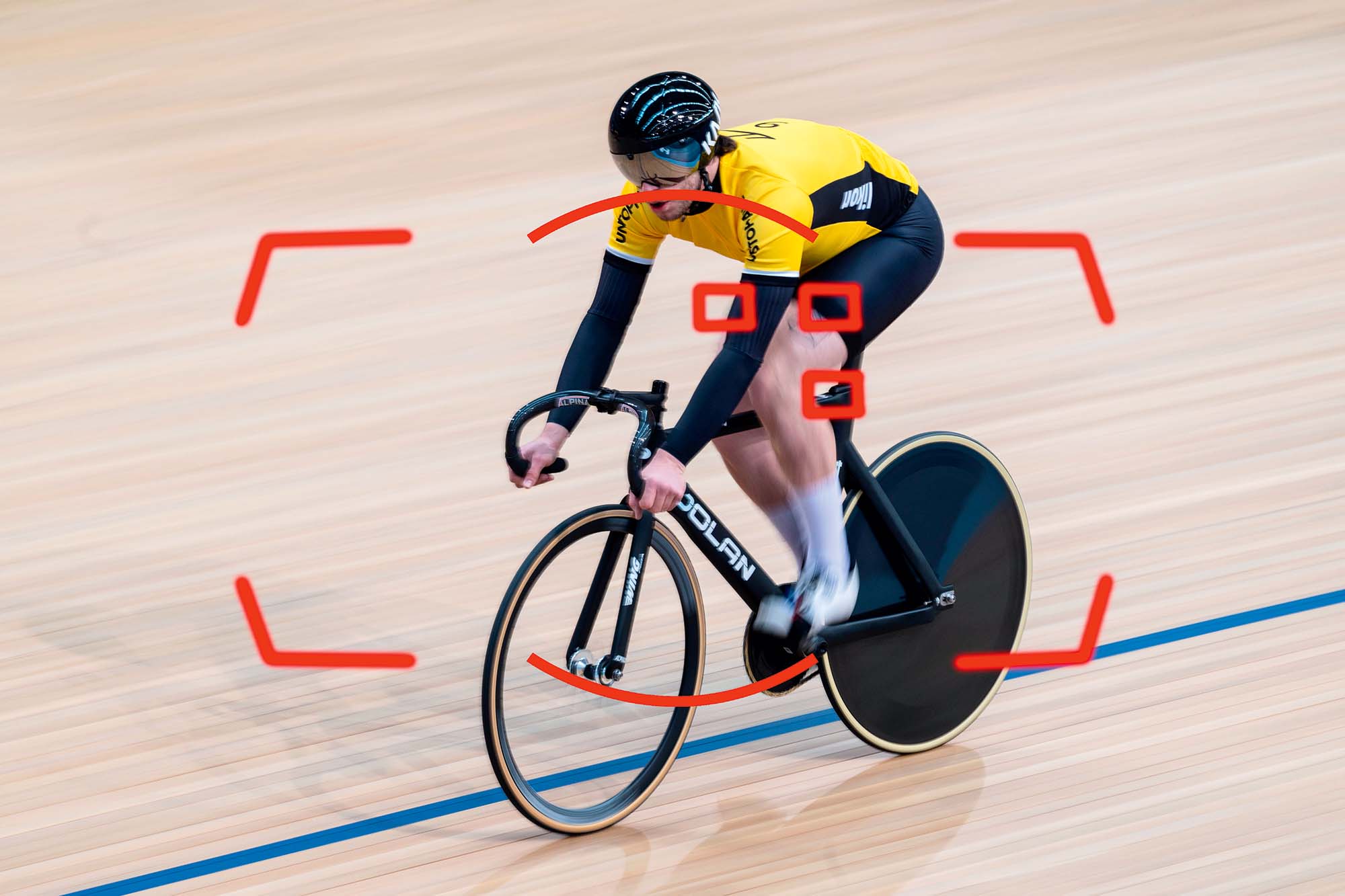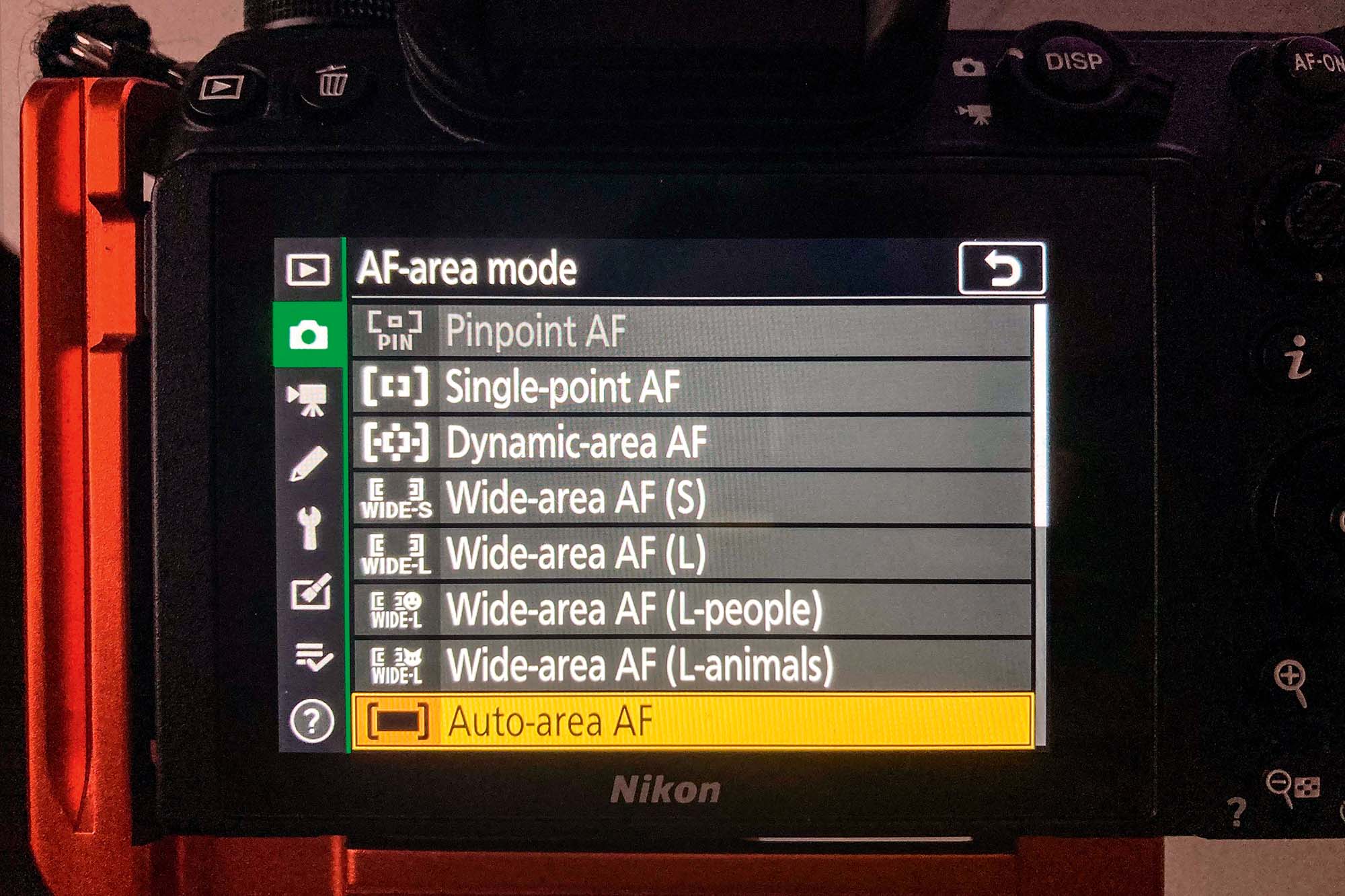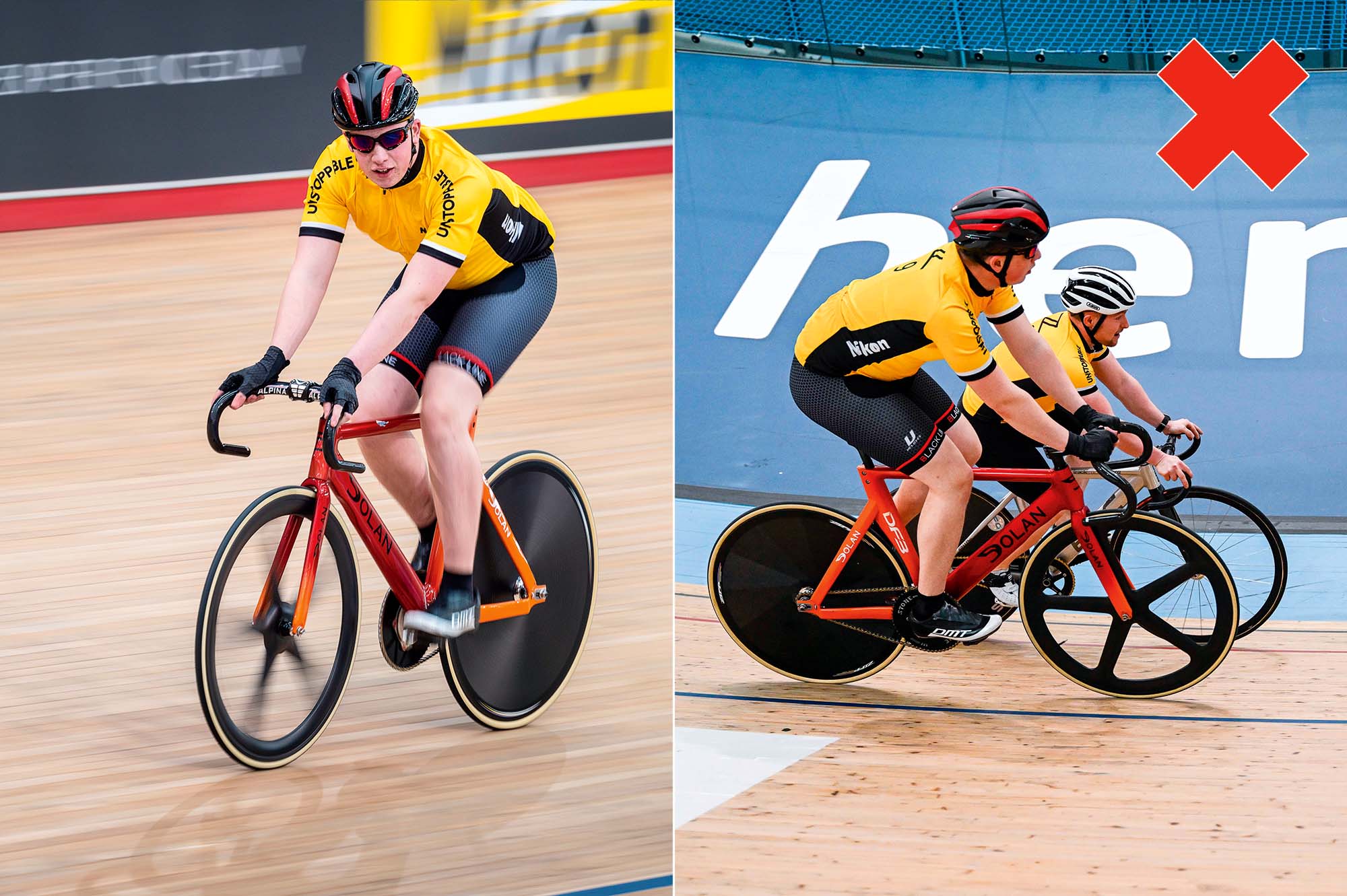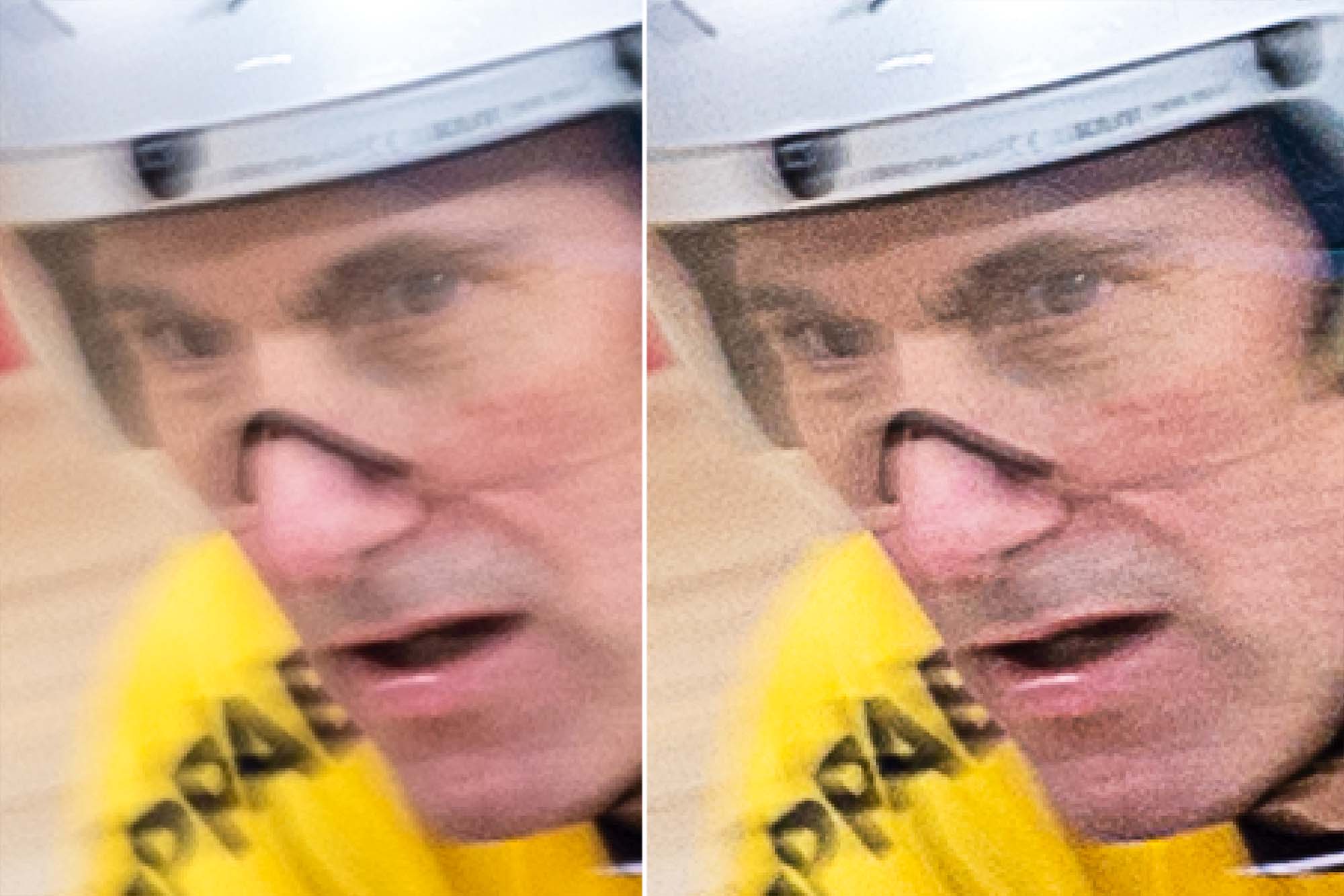Top tips for shooting moving subjects
Here’s how to set up your DSLR or mirrorless camera to capture tack-sharp moving subjects
Action shopping list
• Best telephoto lenses
• Best 150-600mm lenses
• Best camera for sports photography
• The best monopod
Back in March 2022 Nikon invited us to London’s Lee Valley VeloPark – the cycling venue for the 2012 Olympics – to photograph breakdancing, BMX freestyle and, of course, cyclists navigating the incredible velodrome. Armed with a Nikon Z6 II and a brand-new Nikon Z9, we were able to make full use of the best professional camera equipment Nikon has to offer.
• Read more: Best camera for sports photography
But while the Big N’s latest bodies boast incredible low-light capabilities and its most advanced AF systems to date, they don’t take the photographs for you. High-end camera kit is constantly pushing boundaries further than ever before and redefining expectations, but the basic ingredients required to capture a good action shot haven’t really changed…
Images need to be sharp and subjects need to be in focus, shutter speeds have to be fast enough to freeze the action and noise levels need to be kept to a minimum. That might seem like a lot of stuff to think about when a cyclist is hurtling towards you, but the trick is setting your camera up ahead of time so you only have to worry about capturing the shot.
Full control over your shutter speed is essential, so you need to work in either Shutter Priority or Manual mode. Continuous autofocus is another must, so the AF will continuously focus as you track your subject.
But some of the finer details we’ve covered here, for both DSLR and mirrorless users, are down to personal preference, so make sure you experiment to find out what’s right for you.
How to capture moving subjects
1. Continuous AF
Set your camera to continuous autofocus (AF-C). This will tell it to constantly refocus as you track your subject, so long as the shutter button is half-pressed or the AF-ON button is held down. Some Nikons feature an auto autofocus (AF-A) focus mode. Here, the camera determines whether or not the subject is moving before switching to AF-C or AF-S accordingly. However, this isn’t always accurate, so we like to use the former.
The best camera deals, reviews, product advice, and unmissable photography news, direct to your inbox!
2. AF-Area Mode (DSLR)
The AF-Area Mode you select will help determine how your camera focuses. Some pros swear by the tried-and-true single-point AF, but dynamic-area, 3D-tracking, auto-area and group-area AF are all worth trying out. You may find yourself switching modes depending on your subject.
3. AF-Area Mode (Z)
Nikon Z cameras feature exclusive AF options. Wide-area AF condenses the focus area into one of two movable boxes (small and large), while people- and animal-detection modes are also available. The Z 9 takes things a step further with its ability to detect nine subject types including cars and bikes.
4. Back-button focus
Back-button focusing is handy when shooting fast subjects because it removes the shutter button’s ability to lock focus when half-pressed. This enables you to fire the shutter without activating AF, which prevents delays caused by refocusing or the inability to fire the shutter due to hunting.
5. Find your speed
There’s no hard and fast rule as exposure settings will change depending on the subject you’re shooting and the technique you’re using. To simply freeze action, we recommend starting on 1/500 sec and increasing the shutter speed accordingly. If you’re panning, start at 1/320 sec and reduce the speed as you gain confidence.
6. Burst mode
The Nikon Z 9 can shoot full-resolution images at bursts of 20fps and 11MP images at a mind-boggling 120fps. But regardless of your Nikon’s burst shooting capabilities, we’d recommend working on Continuous High when shooting fast-moving subjects. Capturing burst sequences betters your chances of freezing the perfect moment without having to rely on your reactions.
Action photography tips and tricks
1. Panning – spin the wheel
Panning is an essential technique to learn if you want to capture fast-moving subjects on a regular basis. By locking onto your subject using AF-C and your preferred AF-area mode and matching their speed by panning the camera, you’re able to capture sharp subjects using much slower shutter speeds than would otherwise be possible. Because the background remains stationary the longer exposure will create streaks of motion blur and spinning wheels will blur too. This conveys a real sense of speed that simply isn’t possible when the entire image is frozen.
2. Go abstract with shape and color
Exaggerating motion by using very slow shutter speeds can make for fantastic abstracts. Especially if you’re shooting colorful environments or subjects, such as a graffiti-covered skate park, vibrant racing car liveries or the bright yellow jerseys seen here. When shooting abstracts, try to think loosely about shape and color as opposed to rigid composition and form. Post is where you can make your creations pop. We used Camera Raw’s Color Mixer to adjust the saturation and luminance of specific hues. The Color Grading panel was then used to warm the midtones, shadows and highlights.
3. Turn it black and white
It doesn’t matter how many times you read this tutorial or how much you practice, you’re never going to capture perfect action shots all of the time. Most photographs that are blurry, noisy or poorly exposed are resigned to the bin without much thought, but if you capture a great moment that’s let down by a few technical shortcomings, try converting it to black and white. Mono images can be more forgiving than their colorful counterparts.
A lack of color can quell busy scenes, making subjects stand out more, and where noise looks downright ugly in color, it resembles trendy film grain when it’s desaturated. Even slightly soft images seem to work better in black and white, partly due to the increased contrast and partly due to it adding to the vintage vibe. You can quickly gauge an image’s suitability for a mono conversion via one of Camera Raw’s B&W presets.
4. Super sharp – high-pass filter
Sharpening won’t fix a blurry image, but it can be used sparingly to make details pop if it’s a little bit soft. There are a variety of different sharpening methods, but we particularly like using Photoshop’s High-Pass Filter. Simply duplicate your layer (Cmd/Ctrl+J), go Filter>Other>High Pass, select your desired radius (1.8 is a good starting point) and hit OK.
To remove the grey overlay that appears, set the blending mode to Soft Light, Overlay, Hard Light or Vivid Light to increase the intensity of the sharpening effect respectively. The beauty of using this method is that you can then use a layer mask to selectively apply the sharpened layer to your subject.
N-Photo: The Nikon Magazine is a monthly publication that's entirely dedicated to Nikon users. For the best news, reviews, projects and more, subscribe to N-Photo today!
Read more:
Best camera for sports photography
The best telephoto lenses
Best camera for car photography

Mike studied photography at college, honing his Adobe Photoshop skills and learning to work in the studio and darkroom. After a few years writing for various publications, he headed to the ‘Big Smoke’ to work on Wex Photo Video’s award-winning content team, before transitioning back to print as Technique Editor (later Deputy Editor) on N-Photo: The Nikon Magazine.
With bylines in Digital Camera, PhotoPlus: The Canon Magazine, Practical Photography, Digital Photographer, iMore, and TechRadar, he’s a fountain of photography and consumer tech knowledge, making him a top tutor for techniques on cameras, lenses, tripods, filters, and more. His expertise extends to everything from portraits and landscapes to abstracts and architecture to wildlife and, yes, fast things going around race tracks...











